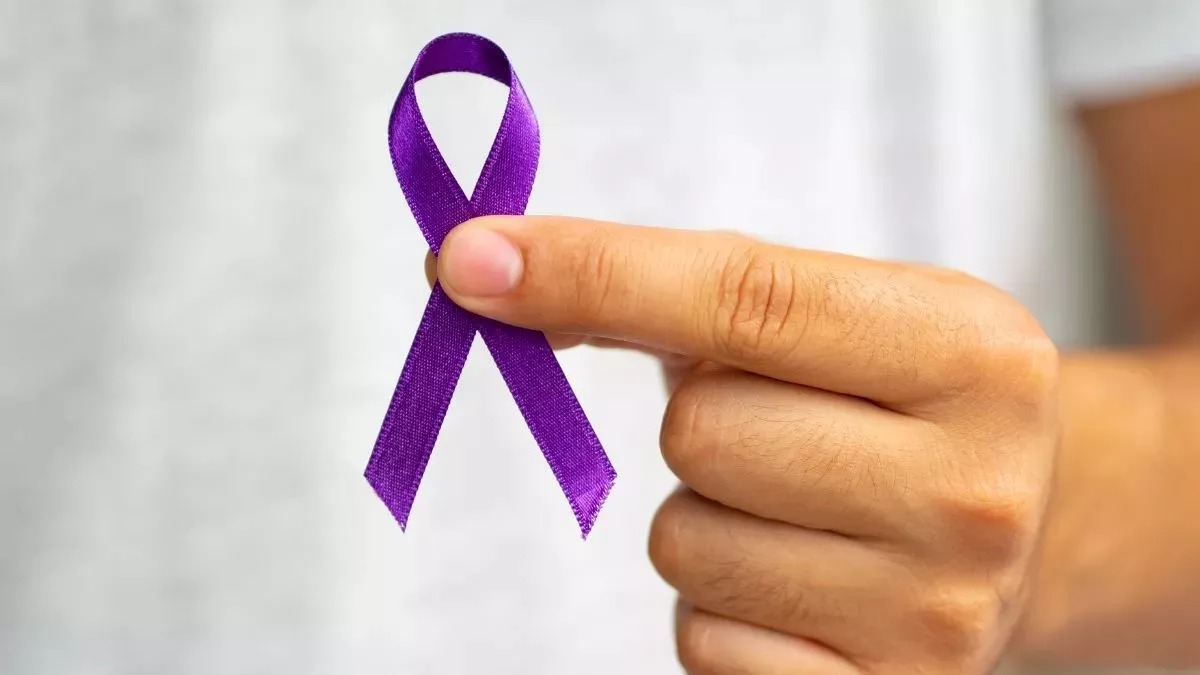
New Delhi: Be it India or abroad, people like to wear sarees everywhere. But in the meantime, a frightening thing has come to light.
In one study, doctors documented the treatment of two women for "petticoat cancer" - a condition that likely begins with tying the waist cord of a sari or petticoat tightly under the sari.
Other doctors, including those from Jawaharlal Nehru Medical College in Uttar Pradesh, said constant pressure and friction on the skin from the waist cord can cause chronic inflammation, leading to ulcers and sometimes skin cancer.
Wearing saree in wrong way can cause skin cancer
The study, published in the British Medical Journal (BMJ) Case Reports, brings to light the "potential health risks associated with traditional clothing practices", one of the affected women said.
Doctors said though the phenomenon was earlier described as 'sari cancer', tying the waist string tightly is also a cause for it.
The authors reported that a 70-year-old woman sought medical help for a painful skin ulcer on her right flank (between the ribs and hip bone) that she had had for 18 months and was not healing.
woman's skin color faded
He reported that the surrounding skin had lost its colour and also stated that she used to wear her petticoat under her sari, which she tied tightly around her waist.
The second woman, who was in her late 60s, was reported to have an ulcer on her right side that had not healed for two years.
"A woman in her late 60s had ulcerative lesions on her right side for the past two years. She had worn the lugda daily for 40 years. The lugda is tied very tightly around the waist without a petticoat," the authors wrote.
Biopsies revealed that both women had Marjolin ulcers, also known as squamous cell carcinoma (ulcerated skin cancer).
Cancer that has spread to the lymph nodes
In the second woman, the cancer had spread to one of the lymph nodes in her groin at the time of diagnosis, the authors said.
Marjolin ulcer is rare but can be aggressive, he said. It develops in old burn wounds, non-healing wounds, leg ulcers, tuberculous skin nodules, and vaccination and snake bite scars, he said.
"Continuous pressure on the groin often causes skin atrophy, which eventually breaks down and forms an erosion or ulcer. The ulcer in this location may not heal completely because of continued pressure from tight clothing. This creates a chronic wound that does not heal," the authors wrote.
He advised wearing a loose petticoat under the sari to reduce pressure on the skin, and in case of any skin problem, wearing loose clothes to allow the area to heal.
I have been wearing a Nauvari sari wrapped tightly around the waist for most of my adult life. Six years ago, I noticed pigmentation in a small area on my right side, which I initially ignored thinking it was a minor skin problem, said the 70-year-old woman suffering from skin cancer. Over time, this abnormality turned into an ulcer, causing her anxiety and distress.
On consulting a dermatologist, the woman was told that she had skin cancer, which got worse mainly due to the friction and pressure caused by tying the saree tightly around the waist.
--Advertisement--

 Priya
Priya Share
Share



